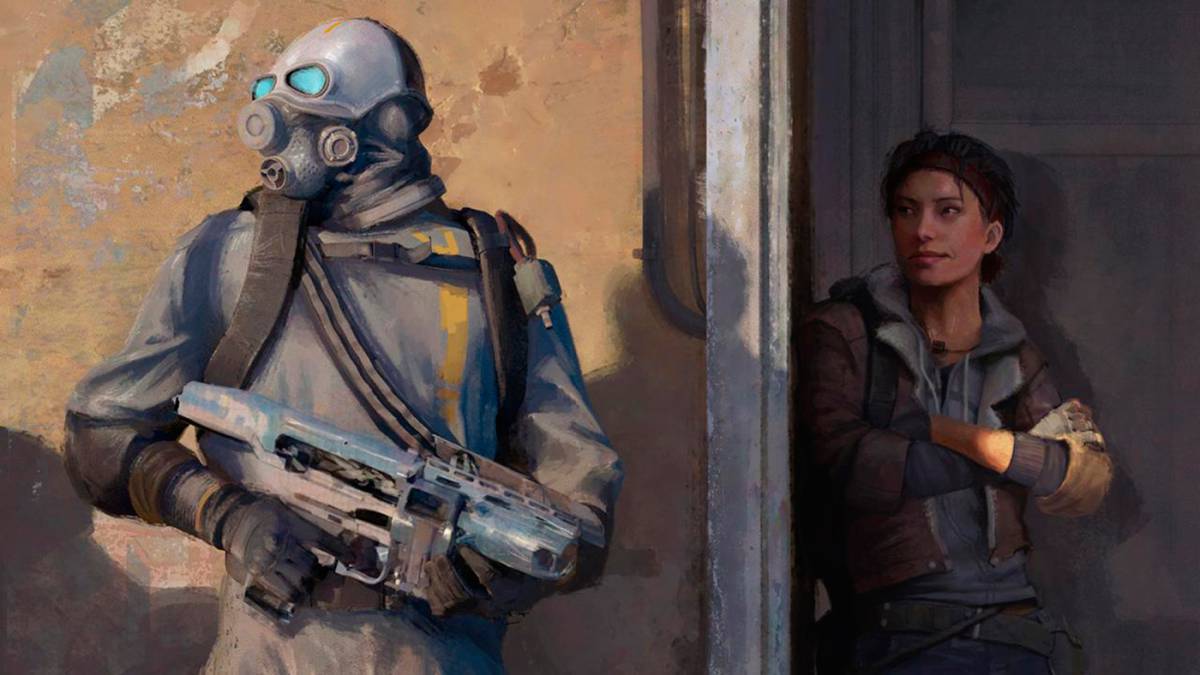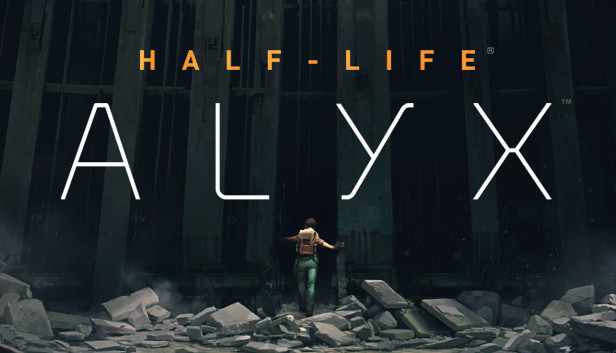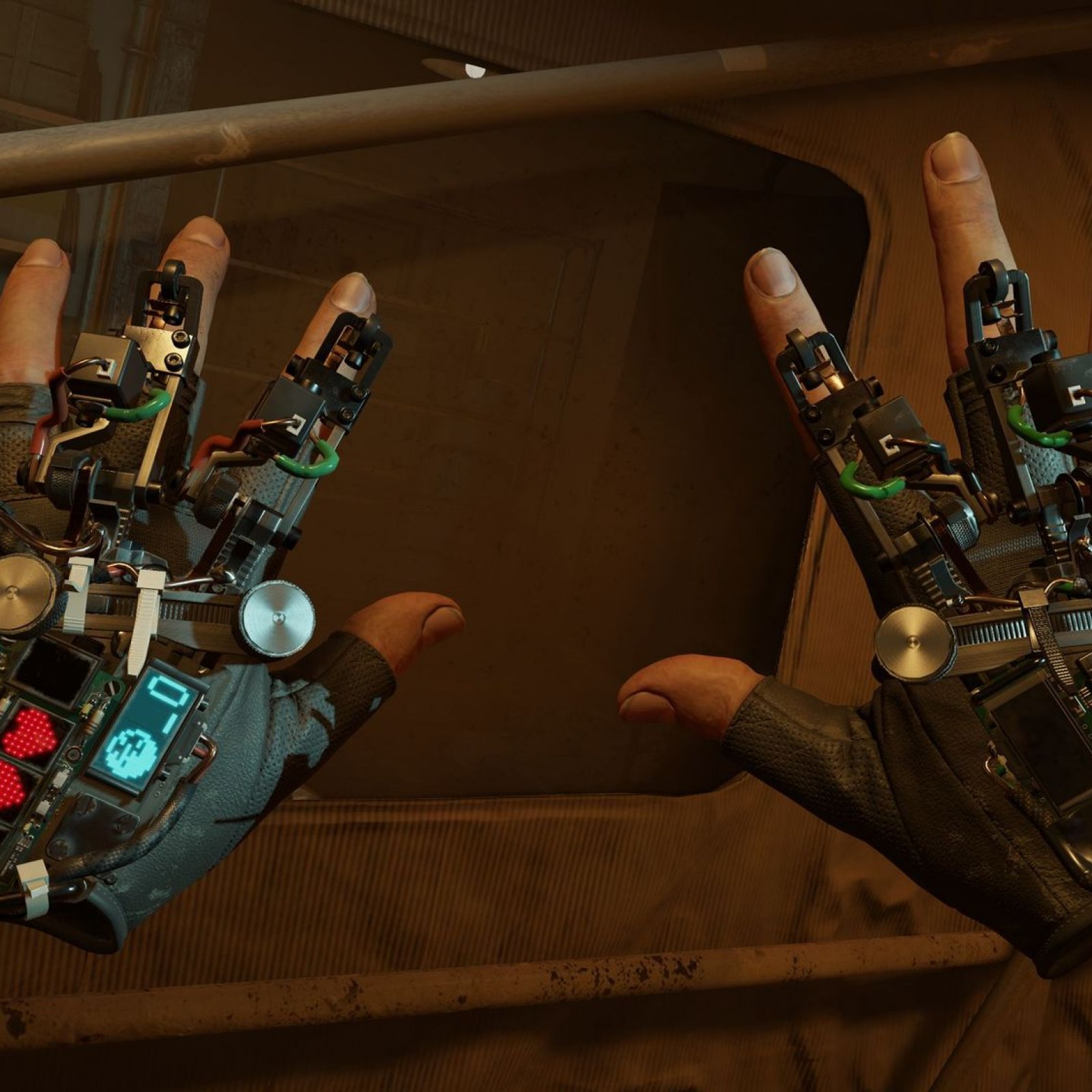What Exactly is Virtual Reality and How Does it Operate?
Virtual Reality (VR) is a computer-generated simulation of a three-dimensional environment that can be interacted with in a seemingly real or physical way by a person using special equipment or devices. The purpose of VR is to create a sensory experience that can replicate real-world experiences, transport the user to a virtual world, and create a sense of presence and immersion.
The operation of VR technology involves the use of several key components that work together to create an immersive experience. Virtual Reality is a technology that uses special equipment and devices to create a sensory experience that replicates real-world experiences in a computer-generated simulation. The operation of VR involves several key components, including a head-mounted display, input devices, computer hardware, software, and sensors, that work together to create an immersive and interactive environment.


